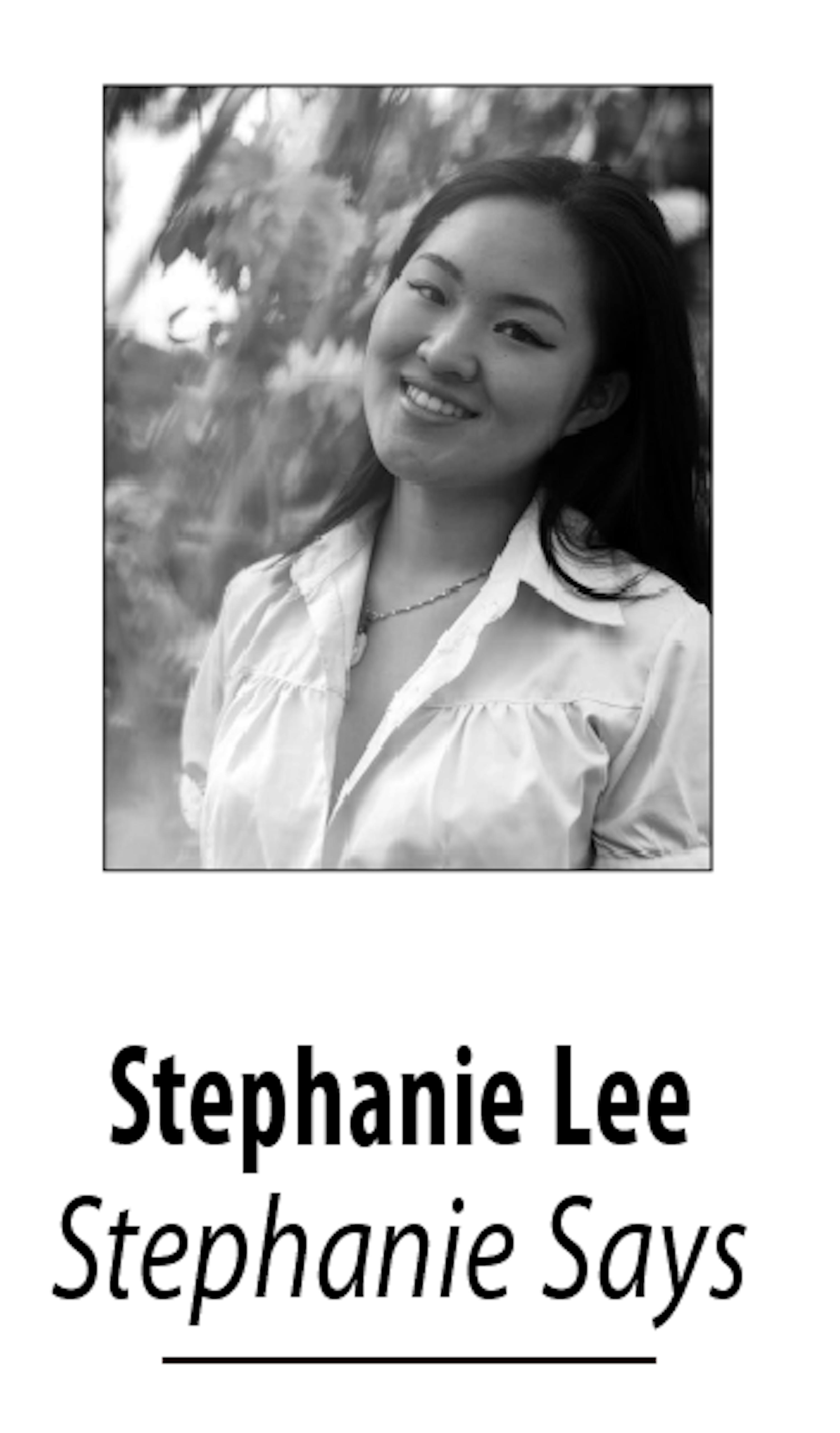
Humans, by nature, love to measure things. Throughout history, civilizations and individuals alike have consistently created systems of measurement: Ancient Maya charted the skies and compiled a calendar to measure time; physicists work to calculate the scale of our universe; English bishop John Wilkins invented the metric system in the 17th century.
Digital maps are no different. Take Google Maps: It is the amalgamation of the distance from your starting point to your destination and the amount of time your journey will take. While my parents use this for its intended purpose, to get from point A to point B, I’ve discovered another use.
Feeling lonesome and immensely homesick on a late Monday night, I opened my laptop to Google Maps. On a whim, I typed in my home address in the destination box and used my current location at Wolman Hall as the starting point. Via I-80, the journey would be 2,853 miles long and take 42 hours total.
Of course I wasn’t planning on making the trip, but I’d hoped measuring the distance between my dorm and home would make me feel less alone. Yet, if anything, it made me feel more isolated.
Miserable, I moved the map cross-country and zoomed in on my city. I scanned the names of streets I’d seen on countless rides to school and drives around town: Cowper, Bryant, Middlefield. I traveled along familiar routes to my old schools, to the gym and to the coffee shops I studied at.
It was comforting. I could clearly picture the street signs flashing by. I almost felt like I was at home. “Funny,” I thought. “This is the closest thing to teleportation I’ll get.” I realized then that visiting Google Maps was a coping mechanism — one I’d use whenever I began to despair about the numbers in my life, whether it was the distance separating me from home or the dwindling amount of time I had left there.
It was late May, around 3 a.m., a time of either a tired slump or spontaneous creativity. I was working on an AP Literature assignment where we were asked to write a memoir. My teacher said leaving high school was a significant moment, and it was important for us to pause and reflect.
I sat working at the same dinner table my family has had since I was seven. I could hear the chirping of crickets outside. I felt unmotivated. I needed some sort of emotional stimulus to get my creative juices flowing, so I opened Google Maps.
I started at home, the little blue dot pulsating. I felt so alone in the middle of my silent house, so I zoomed my screen out to encompass the neighboring cities. I saw the names of towns I’d known my whole life.
I began visiting places I’d barely heard of — snatches of the names of cities and towns bubbling to the surface from the lucid haze of my childhood. I looked at the small, winding roads, sprinkled with a few houses here and there, I and felt wonder at the notion that this foreign town was someone’s familiar little world.
On a whim, I texted my roommate, who, surprisingly, was also awake. I sent her a picture of computer screen and told her about Palo Alto. She told me about Dyersburg, a small town which she later showed me was north of Memphis.
It was funny how small the world seemed to me then. I was in my little home, and she was in the house she’d known her entire life. We’d never met each other, but in that moment she felt close.
Some people find comfort in numbers; knowing that every existing thing has a definite value in life. I find solace through other means, by knowing that not everything needs an assigned numerical value.
While it’s pretty neat that maps can calculate a quantifiable distance between here and there, I think it’s even cooler that this computerized algorithm allows me to cope with homesickness and connect with people in ways far beyond its intended usage.
Feelings of or similar to homesickness, loneliness or even existential despair cannot be quantified, but in an ironic way, tools of measurement can be used not as a way to remedy them, but as a lens to view them with more clarity. It’s something that’s allowed me to reflect on and relive little parts of my childhood — even when I’m over 2,000 miles away.




